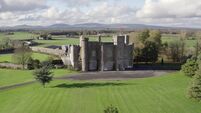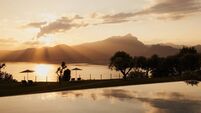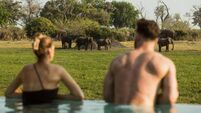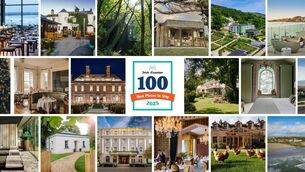Discover the wonders and magic of Madeira
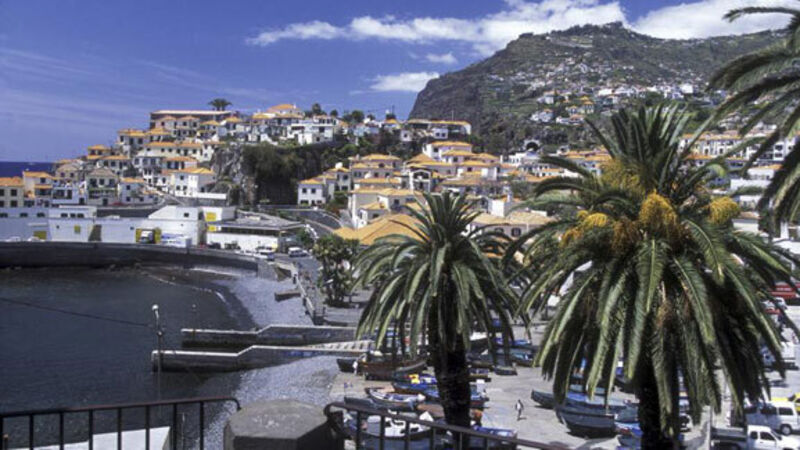
WHAT is it about islands on the Atlantic fringes of Europe? They seem to occupy a space that is somewhat apart from the rest of the world, making them ideal destinations for some rest and recuperation.
I have found such peace on Inis Oirr (Aran Islands) and on the northern end of the Canary Island of Tenerife.
Last week as I had lunch, watching the waves crash over the volcanic rocks in a little fishing village called Porto Moniz, on the island of Madeira, I felt that same sense of Zen that comes from being on the edge of Europe.
The hotel was called Aqua Natura and I wondered would anyone notice if I checked in for a week or so.
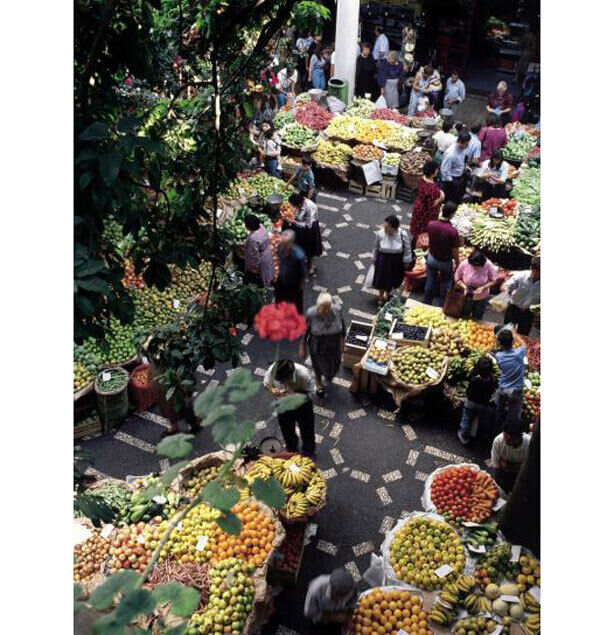
Madeira is a bit further away than the Aran Islands, but an hour closer than the Canaries, lying south west of Portugal, off the coast of Africa in the North Atlantic; a location that lends it a climate that is mild all year around with temperatures in the high twenties in summer.
Arriving into Funchal, the island’s capital, one is immediately struck by the green and lush vegetation and by the engineering.
Madeira has been colonised in steps, literally. Terraces cut into the steep slopes of this mountainous island which lead down to the lower parts of the city and the waterfront.
High bridges span deep gorges carrying the motorway from one side of the city to the other. Even the airport’s runway has been extended out onto a huge raised platform that stretches over the ocean.
Madeira is famous for its gardens, so a visit to the Monte Palace Tropical Gardens was one of the first things on our agenda.
The gardens are located in the hills above Funchal and are best reached by cable car.
Now this is not some fun, novelty ride but a proper Alpine-like cable car in which we sailed gently over the city’s old streets and the outer terraces.
It gave us a bird’s eye view into gardens of large villas with swimming pools and smaller dwellings with their beautifully-tended vegetable patches clinging to the landscape. The journey takes about 20 minutes.
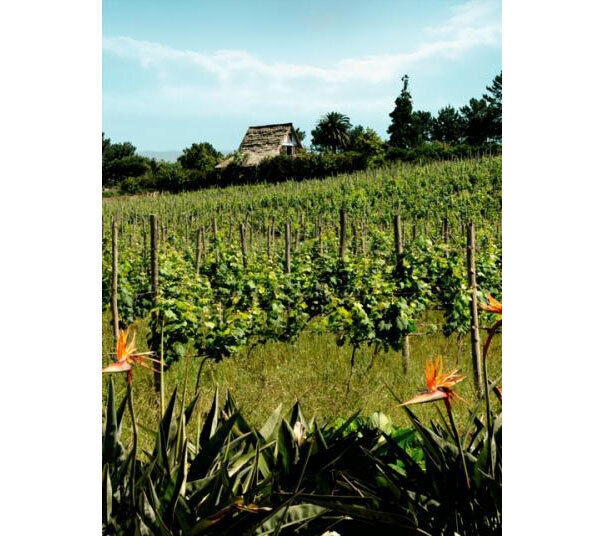
The gardens at Monte Palace are full of exotic species with areas of Japanese and Chinese influence. If you plan to explore the full garden, wear comfortable shoes; there are lots of steps and many of the paths are cobbled.
There are also two exhibitions — one of African sculpture and a magnificent exhibition of crystals from all over the world.
There is only one way to return back towards Funchal and that’s in what’s euphemistically called a ‘sledge car’. To me it looked very like a posh dog basket, for a large dog.
Yes, a wicker basket which takes two people and in which you career — and I mean career — down the steep streets, around corners, avoiding drains and gullys at breakneck speed.
Your ‘toboggan’ is ‘driven’ by a pair of local men (very expert, we were assured) who hang onto the back of your basket and steer you away from trouble.
Although I did make an attempt to decline the dog basket in favour of a taxi, I am glad I didn’t. It is a hilarious and exhilarating way to descend back towards the town; maybe not the most elegant, but very memorable.
Funchal, as you would expect, has a large compliment of hotels and tourist accommodation and much of the city has been built with the tourist in mind, so there are lots of shops and a huge amount of restaurants to choose from.
But Funchal also has a heart — an old town — of narrow streets, colourful wooden doorways, old buildings and shaded squares.
Here you can spend hours wandering about, stopping for coffee (did I mention how good the coffee is in Madeira?) and a pastry in one of the many cafes.
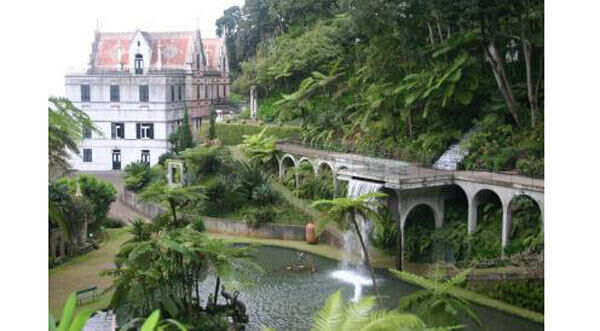
We visited the farmers’ market which bursts with the colour and aromas of a cornucopia of fruit and vegetables. It will make your mouth water in a way I doubt your local supermarket does.
There is also a fish market where we saw the local scabbard fish — whose unfortunate ugly face belies his tastiness, apparently. I am not a fish person.
Very close to the Farmers Market is ‘Armazen do Mercado’ — a whitewashed courtyard of craft and artisan shops which is worth a visit. There is a Toy Museum here too.
Or if your tastes are more ‘mature’ you could pop into the nearby Blandy’s Wine Lodge to learn all about the famous Madeira Wine.
Outside of Funchal however, there is a whole island to be explored. Our first tour was through the west of the island with the Windsor Agency and their driver and guide, Roberto.
He first took us to visit one of the highest sea cliffs in Europe, at Cabo Girão, where one can stand on a glass platform suspended out over the sea, 500 metres below. And yes I did that too. Well, after tobogganing it was no big deal.
We also visited fishing villages, explored the darkly ornate interiors of small churches and drove high up into the mountains where the temperature dropped and soft rain fell, making us feel very much at home.
The lush countryside spills clusters of orange roofed houses into villages, amid the terraces where bananas and sugar cane are grown along with vineyards and small plots of vegetables of all kinds.
Our second tour was with ‘Mountain Expedition Madeira’ and their guide Cristiano who took us, by jeep, to explore the east of the island.
We were hoping to do one of the famous ‘levada walks’ but unfortunately high in the mountains the weather closed in and so we had to switch to Plan B, which was to sample the local drink called poncha.
We arrived at a bar, in the village of Santo da Serra, far off the tourist track where, apparently, the very best poncha is made.
The barwoman first poured a good amount of local, runny honey into a jug. She then added the juice of a large lemon and using a special implement with a rude name, mixed them together before adding a full long tumbler of local rum.
I am not sure if it was the altitude or the damp weather but it tasted divine, sending a warm current of sunshine down my throat.
We left the bar and for a moment I wished there was a dog basket to ride back down the hill in. Instead we drove on to the Hotel Quinta do Furão near the village of Santana where we dined on a balcony above vineyards, with ocean views.
Driving in the mountainous countryside of Madeira is not as hair-raising as you might expect, mainly due to the network of road tunnels which have replaced the old steep, narrow coastal roads which are still visible in many places, although now closed.
However if you would prefer to leave the driving to someone else, a tour such as those we did is a great way to experience the island.
On our last night, our lovely taxi driver in Funchal, Mr Goubeia drove us the short distance from the city to the fishing village of Câmara de Lobos for dinner in ‘Vila do Peixe’, a fish restaurant, where I had a delicious steak and wasn’t made feel like a philistine.
And that’s the thing about Madeira — it can be as you want it to be. You can lie in the sun at your hotel pool or you can have a very active experience.
Levadas are the channels (like tiny canals) that carry water for irrigation and walking on the narrow paths alongside them is hugely popular. You can go whale and dolphin watching by boat from Funchal. You can also explore volcanic caves.
I found it to be a rather special place and whatever way you do it, I think you will leave Madeira feeling the better for having visited. I know I did.
For the summer season there are direct flights from Dublin to Funchal every Thursday and holidays are offered by the following tour operators:
Concorde Travel: 01-7759300 www.concordetravel.ie
Sunway: 01-2311800 www.sunway.ie
Travel Department: 01-6371600 www.traveldepartment.ie
Topflight: 01-2401784 www.topflight.ie
Barbara travelled to Madeira courtesy of the Portugese Tourist Board and stayed in the Melia Madeira Mare and Vidamar Hotels in Funchal.








